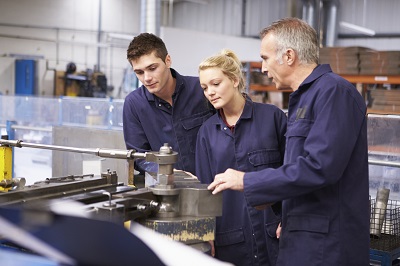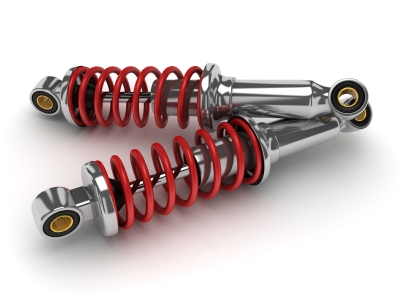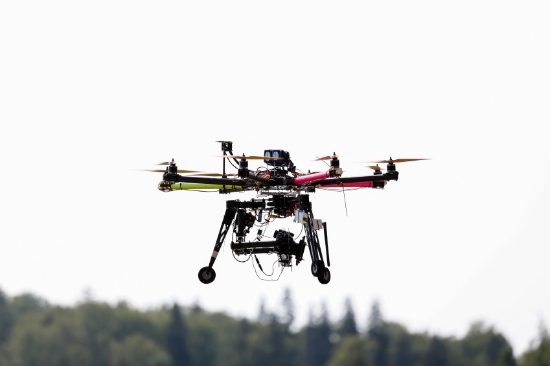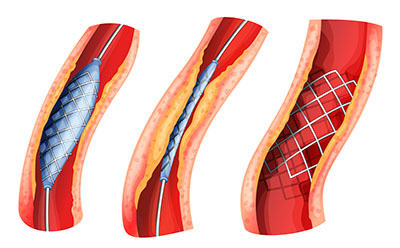As dedicated engineers we love keeping our ear to the floor and finding new developments in and alongside the industry. So far the engineering world has had a very productive year. With brand new suspension system being invented, to jetpack flying entrepreneurs popping up left right and centre, you’d be forgiven for thinking the villainous and heroic inventions of our beloved movies have come to life.
Allow Me to Break the Ice…
Villainous gadgets have played a key part in keeping us entertained for generations and it looks like one of science fiction’s greatest fictional gadgets has finally come to life. Ladies and gentlemen, we give you: the freeze-ray.
University of Washington researchers have successfully cooled water down by 36 ⁰F with the aid of an infrared laser. Senior author Peter Pauzauskie says that:
“This is the first example of a laser beam that will refrigerate liquids like water under everyday conditions.”
The laser operates by shining an infrared laser onto a microscopic crystal which in turn creates a visible light. All this requires energy which the crystal steals from the water it’s aimed at, therefore cooling the water rather than heating it up. Though this huge step forward in science and mechanical engineering hasn’t given us an ice blasting freeze-ray (well, not yet), it’s definitely taken a step towards making our childish dreams come true.
This device, however, is only the tip of the iceberg (so to speak). Recently we’ve seen an explosion in a dynamic aviation invention: the jetpack.
The Truth is… I am Jetpack Man
We’d love to contain our excitement at this but it simply can’t be done. Another of our childhood dreams is slowly coming to life. David Mayman, an Australian entrepreneur, demonstrated what 10 years of hard work can do.
Cleared for flight by the FAA and US Coast Guard, Mayman’s JB-9 jetpack runs off 2 kerosene-fuelled engines, and can reach the staggering height of 3,048 meters and breathless speeds of 160 kph!
We’d love to say that this amazing show of mechanical engineering is the only one of its kind, but across the world in Dubai, officials have ordered 20 jetpacks to make first responders’ jobs in their towering skyscrapers a little bit easier. These works of wonders travel at a respectable 74kph, reach heights of up to 1,000 meters and are made from carbon fibre and 3D printed components (we’ve got to applaud that 3D printing!).
With these works of wonders out and about, 2015 has proved to be a very productive and inventive year. Putting the Mr Freeze and Ironman inventions aside for the minute, what else can we expect to see in the future? How about the robot cops Dubai are looking to place on their streets in 2020?
We believe that there’s always room for improvement, no matter what project you may be working on. So, while there’s space for our villainous gadgets to swoop into the world, there’s also room for some of our superhero’s favourite toys too. If you’re looking to create the next Batmobile, we’re the spring suppliers for you!
Contact us today on 0208 663 1800 or follow us on Facebook and Twitter for the latest news and updates in the engineering industry!
European Springs





